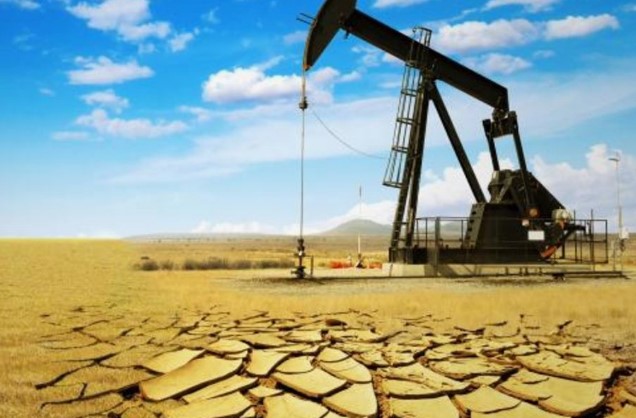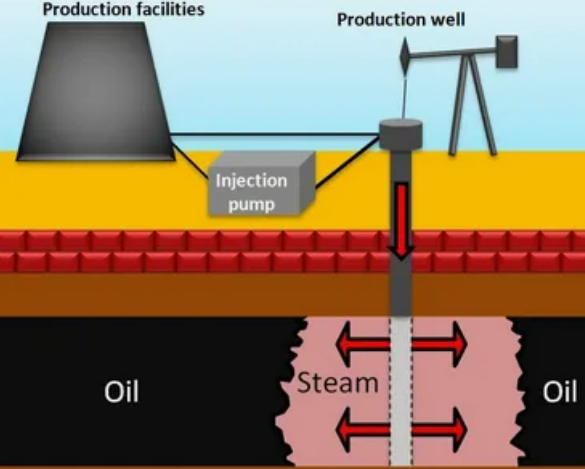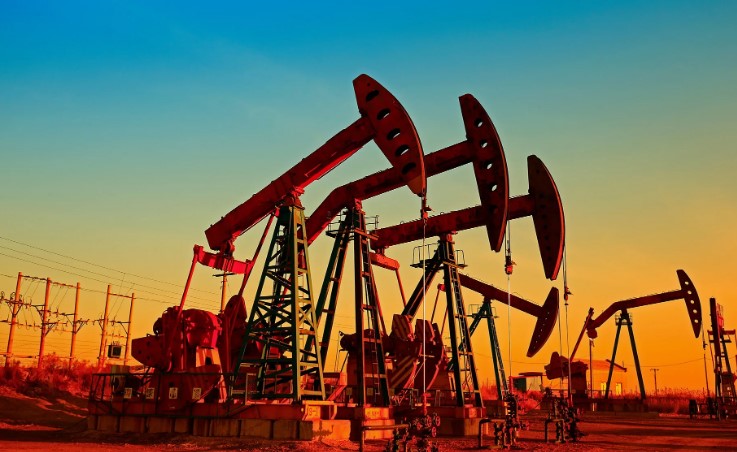Explore how microbial enhanced oil recovery (MEOR) is transforming unconventional wells, unlocking new potential for oil extraction in an environmentally friendly way. A New Frontier in Oil Extraction
When we think about oil extraction, the image of massive drilling rigs and high-tech machinery often comes to mind. But what if I told you that there’s a hidden hero quietly working behind the scenes in the world of oil recovery? That’s right—microbial enhanced oil recovery (MEOR) is stepping into the spotlight as an unexpected yet powerful player in unconventional wells.
Unconventional oil wells, such as shale and tar sands, have long been seen as difficult and costly to extract from. But with the help of bacteria and microorganisms, we might just be looking at a revolutionary way to extract oil with much less environmental impact. It sounds like science fiction, doesn’t it? But the reality of MEOR in unconventional wells is happening right now, and it’s transforming the industry in ways we never expected.
So, let’s dive deeper into how MEOR works, its role in unconventional wells, and why it’s an exciting frontier for the future of oil recovery.
What is Microbial Enhanced Oil Recovery (MEOR)?
Before we get too far into the weeds, let’s break down what MEOR actually is. Simply put, MEOR uses microorganisms to help extract more oil from existing wells. These microorganisms—bacteria, fungi, and archaea—are naturally occurring, and they work by modifying the oil’s physical properties. They break down heavy oils, increase the flow of oil, and even help with the removal of residual oil stuck in the rock formations.
What makes MEOR so fascinating is that it’s not a one-size-fits-all solution. Different microbes can be tailored for specific environments and reservoirs, making MEOR an incredibly versatile and cost-effective recovery method.
The Challenge of Unconventional Wells
Conventional wells are more difficult to extract from than traditional wells. Why? Because the oil doesn’t flow as freely. It’s trapped in shale formations, tar sands, or tight sandstone—places where conventional drilling and recovery techniques struggle to get the job done. The oil is often heavy, sticky, and harder to pump to the surface.
For decades, traditional methods like hydraulic fracturing (fracking) and steam injection were used to try and free up that oil. But these methods have their own set of challenges—costs are high, environmental concerns linger, and the results aren’t always as efficient as we’d like them to be.
This is where MEOR comes in as a potential game-changer. Rather than relying solely on mechanical means to break through rock or heat up reservoirs, MEOR uses nature’s own tools to enhance oil recovery. Also Read>>

How Does MEOR Work in Unconventional Wells?
You’re probably wondering, “How do these tiny microorganisms have the power to make such a big impact on oil extraction?” Great question! Let’s break it down: Microbial Enhanced Oil Recovery.
- Microbial Growth: When certain types of bacteria are introduced into the well, they begin to grow and multiply. As they do, they produce gases, acids, and enzymes that help break down the heavy oil, making it easier to extract.
- Increased Oil Fluidity: Some microbes can generate compounds that reduce the viscosity of the oil, essentially thinning it out so it can flow more easily. This makes the oil more mobile and easier to pump to the surface.
- Enhanced Reservoir Connectivity: The microbes also help by improving the interaction between the oil and the surrounding rock. This increased connectivity means that oil can flow more freely through the reservoir, unlocking more hidden reserves.
- Biochemical Reactions: Certain microorganisms can even break down pollutants, which makes MEOR an eco-friendly option. For example, by decomposing organic materials, these microbes can reduce the environmental impact of oil extraction.
In unconventional wells, these benefits are amplified because of the challenging conditions. The microbes are able to “unlock” the oil in places that would otherwise be difficult or impossible to access.
Real-World Examples: MEOR in Action
To understand how this all plays out in the real world, let’s look at some examples.
- The Bakken Shale: In North Dakota’s Bakken Shale, one of the largest unconventional oil reservoirs in the U.S., MEOR has been used to enhance oil recovery. By introducing specific strains of bacteria into the formation, producers have reported up to a 10% increase in oil recovery rates. That may not sound like much, but in the world of oil, even small gains can make a huge difference.
- Canada’s Oil Sands: In Canada’s oil sands, where oil is trapped in a mixture of sand and bitumen, MEOR has been used to improve the efficiency of extraction processes. By using bacteria that can break down bitumen, researchers have found that they can reduce the need for heavy thermal methods, which are expensive and environmentally taxing.
These are just a few examples, but the potential for MEOR in unconventional wells is enormous. It’s not only cost-effective but also eco-friendly, offering a sustainable way to extract oil while minimizing the environmental footprint.
Benefits of MEOR in Unconventional Wells
Let’s break down why MEOR is such an exciting solution for unconventional wells.
- Lower Environmental Impact: Traditional extraction methods can be resource-intensive and environmentally damaging. MEOR, on the other hand, uses natural processes to enhance recovery, making it a more sustainable option in the long run.
- Cost-effective: Using microorganisms to enhance recovery can be much cheaper than relying solely on mechanical or thermal methods. With rising oil prices and the need to reduce operational costs, MEOR offers an affordable solution.
- Higher Recovery Rates: In many cases, MEOR can increase recovery rates by 5-10%, which translates into millions of additional barrels of oil that might have otherwise been left behind.
- Reduced Water Usage: Unlike steam injection or hydraulic fracturing, which require large amounts of water, MEOR doesn’t have the same water demands. This is a major benefit, particularly in water-scarce regions.

Challenges and Limitations of MEOR
Of course, no technology is perfect. While MEOR holds promise, there are a few challenges that need to be addressed.
- Microbial Control: One of the biggest hurdles is ensuring that the right type of microorganisms are used in the right environment. Not all microbes are suitable for every well, and some might not perform as expected.
- Time and Patience: Unlike fracking or steam injection, MEOR doesn’t produce immediate results. It can take time for the microbes to grow and start working, which can make it harder to measure the immediate return on investment.
- Compatibility with Existing Infrastructure: Some oil wells might not be well-suited for microbial applications, and retrofitting the necessary equipment can be costly and time-consuming.
Despite these challenges, the potential for MEOR in unconventional wells is undeniable. As technology improves and more research is conducted, these barriers will likely diminish.
Conclusion: The Future of Oil Extraction
So, where does MEOR fit into the future of oil extraction? It’s clear that this unconventional method is an exciting, eco-friendly, and cost-effective solution to enhance oil recovery in some of the world’s most challenging wells. It’s the perfect blend of nature and technology, working together to unlock oil reserves that might otherwise remain untouched.
The role of MEOR is just beginning, and as we continue to refine this technique, we may see even greater benefits in the years to come. Could MEOR become the future of unconventional oil extraction? Only time will tell, but one thing is for certain—it’s a game-changer we shouldn’t overlook.
Call to Action
Are you excited about the future of oil recovery with MEOR? Or do you have questions about how microbial technology can impact unconventional wells? Drop your thoughts in the comments below—we’d love to hear your perspective!



